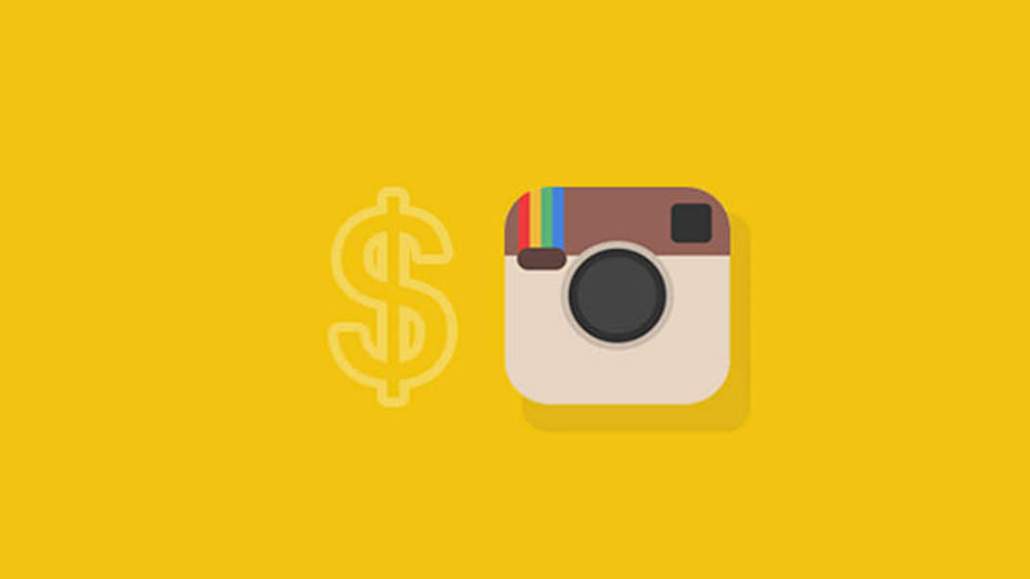Insights from CTV leaders at Dentsu, Horizon Media and more
How wannabe Instagram influencers use bots to appear popular

Jason Wong founded a clothing store called Fifthtee this year that pledges a fifth of its proceeds to nonprofit Best Friends Animal Society. Wong used a bot service for his business account @fifthtee to automatically like and comment 24/7 on posts that included dog-related hashtags. While the provider didn’t get @fifthtee — which has a little over 6,000 followers — as many followers as expected, it helped the account generate more than 100 likes per post than usual, according to Wong.
Many agencies and marketing platforms promote the idea of “micro-influencers,” who are considered more authentic than those with millions of followers. But this cohort — whose following base typically falls in the 10,000 to 100,000 range — are mostly likely to turn to bots to inflate their authenticity. Like Wong, many micro-influencers on Instagram are using bot providers — the costs range from $9 to $40 per month — to generate followers, likes and comments based on certain rules in an automated way. For instance, a user can ask the bot to comment “I love it!” on posts about travel or like images posted from New York City.
“I’m both an advocate of automation software and opponent of it,” said Wong, who was a former Vine influencer. “There’s lots of downside of doing so, like the decrease of engagement over the long run. But if you are a small business and you cannot hire a marketing team, bot services can be good because it’s cheap and hands-off.”
There are no hard stats that show how many Instagram accounts use this trick. But marketing executives and talent management agents said they see this practice often. For instance, Viral Nation, a social influencer talent agency, receives 50 to 100 influencer applications on a daily basis, and 20-30 percent of them have used bots on Instagram, according to Joe Gagliese, co-founder and managing partner of Viral Nation.
“It’s especially prevalent in the blogger and micro-influencer category, where bots will go like and comment on each other’s feeds,” said Gagliese.
Gil Eyal, CEO of influencer marketing platform Hypr, agreed that bot use is prominent mainly among small brands and influencers trying to get started on the platform because accounts with millions of followers would need a big bump in engagement for bots to make a difference, which Instagram would most likely detect. Eyal also believes using bots is a “gray hat” form of fraud because users are getting real engagement, but it’s not necessarily because people love their content.
Bot use is not just limited to influencers and brands — agencies like this hack, too. Buck Wise, vp of brand and partnerships for agency Swift, said he saw some big shops buying “user farms” — large groups of low-paid workers hired to follow social accounts — because they have more than 100,000 followers, yet zero engagement on Instagram. “It’s sad that they believe vanity is more important than the authenticity of their messaging and representation,” said Wise. “That’s a huge miss and fail.”
Instagram is aware of the bot issue. Its guidelines prohibit users from posting repetitive comments and artificially soliciting likes and followers. Since bots run off hashtags, Instagram also has a limit on the number of hashtags one can use, according to a company spokesperson. She declined to share the number, though, as Instagram doesn’t want people gaming the system.
While the Instagram spokesperson said “spam accounts make up a very small fraction of Instagram’s monthly active user base,” bots are becoming smarter. Matt Dunn, director of social and content systems for agency Arnold Worldwide, believes that with the current influencer pricing model, brands’ increased focus on engagement has contributed to the rise of bot software focused on driving engagement, not just follower size.
Wise echoed that sentiment. But he added that it’s a big “no-no” for Fortune 500 companies to use this tactic. “If your marketing budgets are in the millions, there’s no place for you to play [the bot game],” he said. “I’d hate to see someone building a big following on social and one day losing their account because of bots.”
Talent management agencies, on the other hand, need to stop turning a blind eye to these aggressive growth-hacking tactics, Gagliese said.
“We can sometimes easily detect by looking at their comments, like-to-comment ratio and also the irregular follower growth patterns,” he said. “For instance, one day, we’ll see them gain 1,000 followers and then lose followers the next day.”
More in Marketing

Retail media’s mid-2025 reality: Why advertisers are going all in on full-funnel
Retail media’s meteoric rise may finally be leveling off — and that’s forcing advertisers to take a harder look at what they’re getting for their money.

TikTok might be working on a standalone U.S. app, but marketers aren’t sold on the idea – yet
TikTok is developing a lifeboat for its American business, but media buyers are wary of advertising implications.

Bold Calls for the back half of 2025
Now’s a good moment as any to take stock —and make a few bold calls about what’s coming next.








